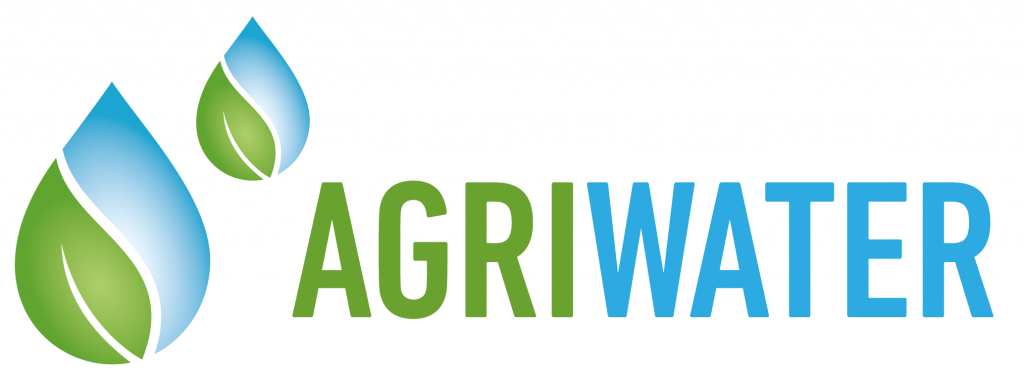Cereal Sprouts
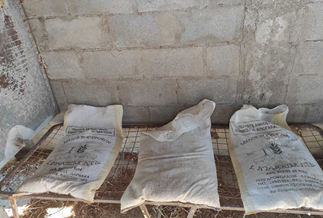
To ensure healthy animal feed with a low cost, the cultivation of cereal sprouts is an environmentally and economically friendly practice.
Vetch For Green Fertilization

By incorporating leguminous plants fixing nitrogen into the soil, the soil benefits in the next years.
Hydroponics
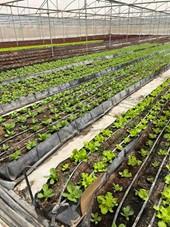
Greenhouses enable to optimize the available resources.
Subsoiler
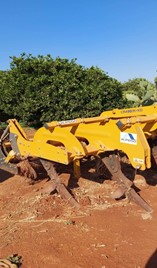
Heavy soil that tends to hold a lot of moisture needs to be drained, in order to increase the productivity of the crop.
No Tillage
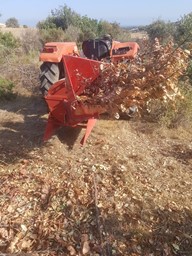
Follwing no-tillage enables the soil to keep more CO2 and water.
Soil Coverage

To reduce soil degradation and improve production cover crops offer potential.
George Tafounas
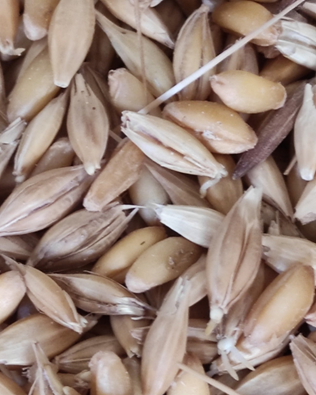
The sprouts are grown in special bags without soil. The seeds are soaked in water (8 hours in winter, 5 hours in summer). They are then left to dry in the sun. In 24 hours the seeds germinate and in 48 hours they are ready for animal feed.
Charalambos Charalambous
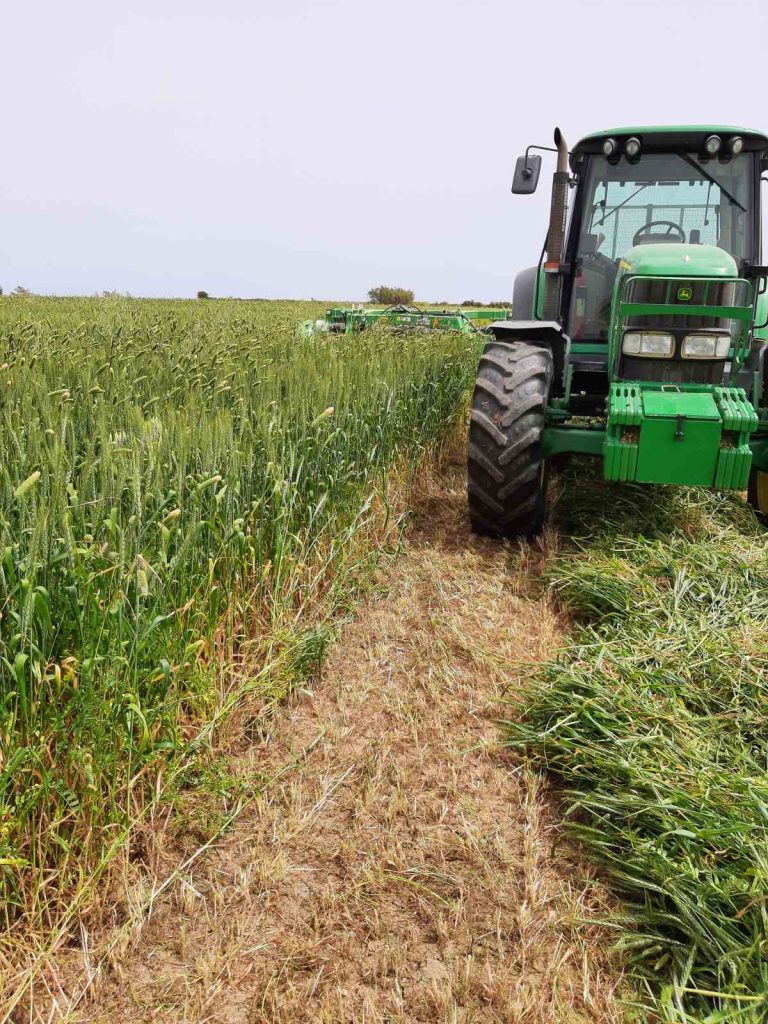
Crop rotation in a 3-year cycle. In the 1st year, cereals are seeded in the selected field. In the 2nd year, vetch is seeded and after blooming, incorporated in the soil. In the 3rd year, cereals are seeded again.
Demetris Paphitis

Hydroponics consists in the use of plastic channels filled with coconut coir, in which the crops are grown with proper irrigation and fertilization.
I.M. Ioannou Farm

Cultivation of soil with special machinery (ripper) to relax the soil so that the roots of potatoes grow deeper and can access more water.


